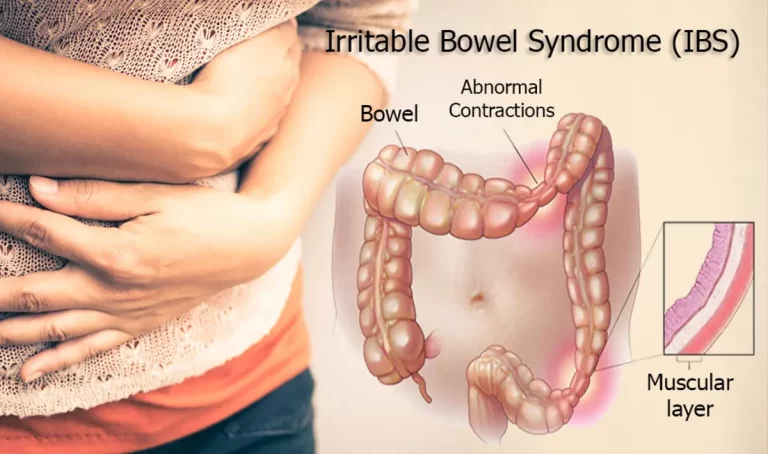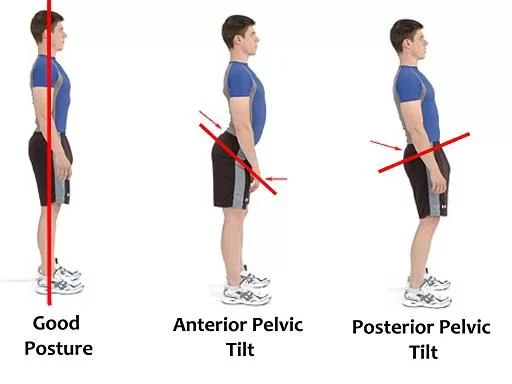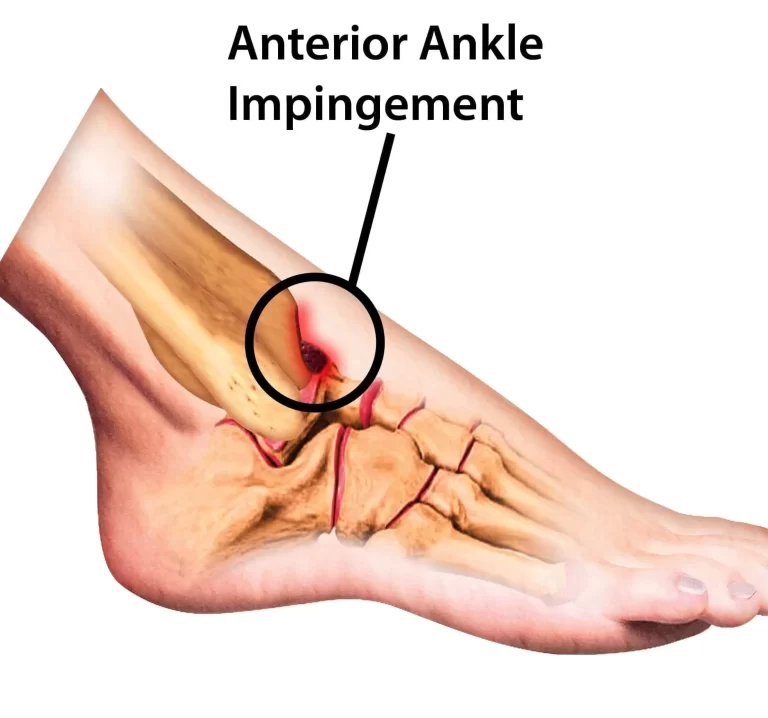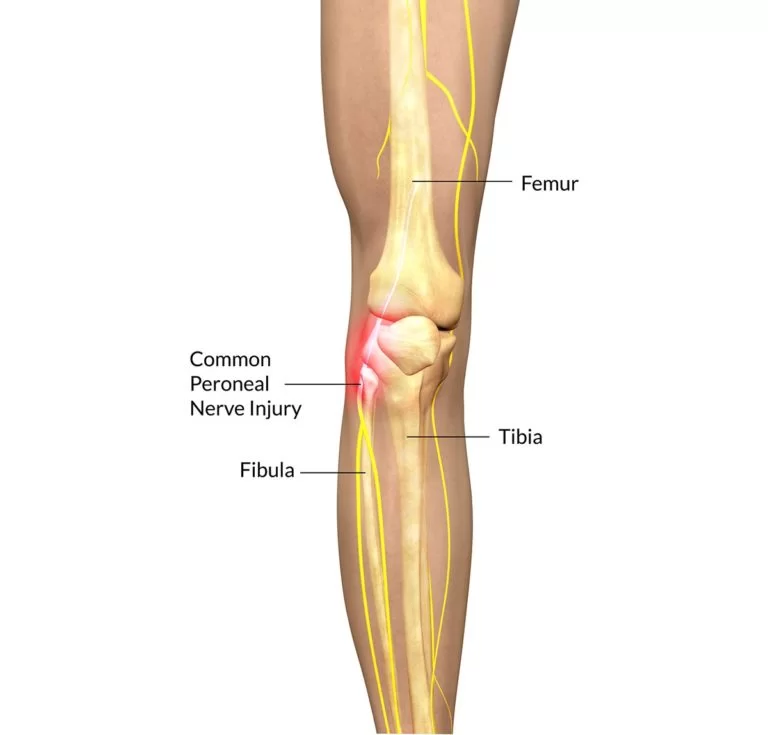Pickwickian syndrome
What is Pickwickian syndrome?
Pickwickian syndrome is characterized by a combination of obesity, sleep apnea, and hypoventilation (abnormally low levels of oxygen and high levels of carbon dioxide in the blood.
People with Pickwickian syndrome typically have a higher risk of developing serious health problems such as heart disease, diabetes, and high blood pressure. Treatment for Pickwickian syndrome mainly involves a combination of weight loss, continuous positive airway pressure therapy, and sometimes oxygen therapy. In some cases, bariatric surgery may be recommended to help with weight loss.
The name “Pickwickian” comes from the character “Joe” in Charles Dickens’ novel “The Pickwick Papers,” who was depicted as being extremely overweight and sleepy
Signs and symptoms of Pickwickian syndrome:
- feeling out of breath
- having a lack of energy
- feeling sleepy or fatigued during the day
- swelling or blue color in your fingers, toes, or legs
- morning headaches because of high levels of carbon dioxide in your blood
- Sleep apnea
- high blood pressure
- Loud snoring
- Choking or lapses in breathing during sleep
- Excessive daytime sleepiness
- Morning headaches
- Difficulty or labored breathing
- Enlarged neck
- Swelling in the feet, ankles, and legs
- Fatigue
- Confusion
- Flushed skin
- Nausea
- Difficulty breathing during exercise
- Irritability
- Fever
- Wheezing
- Increased sweating
Causes of Pickwickian syndrome
- obesity, which is measured using the body mass index (BMI); someone with a BMI over 30 is considered obese
- your brain is the inability to properly control your breathing
- improper functioning of the respiratory system due to overweight around your chest, which makes it very hard for your lungs to down in oxygen from the air
- inadequate oxygen to the brain, heart, and other organs of the body
- low oxygen levels, that also affects body functioning
- Complications of Pickwickian syndrome:
- pulmonary hypertension, or high blood pressure
- oedema, or fluid buildup, in your legs
Differential diagnosis of Pickwickian syndrome:
- Central sleep apnea (CSA)
- Vascular disorder
- Neuromuscular disease, such as amyotrophic lateral sclerosis (ALS)
- Autoimmune disorders Guillain-Barre syndrome or Myasthenia gravis
- Muscular dystrophy
- Poliomyelitis and post-polio syndrome
- Diaphragmatic weakness or phrenic nerve injury
- Myxedema
- Bowel distention
- Acute infection
- Erythrocytosis, a red blood cell disorder
- Hypothyroidism
- Central alveolar hypoventilation syndrome
Diagnosis of Pickwickian syndrome:
- polysomnography
- electroencephalography
- electrocardiography
- pulse oximetry
- medical imaging
- chest x-ray
- chest CT scan
- spirometry
Treatment of Pickwickian syndrome
- Weight loss
- PAP therapy
- Ventilator machine
- Tracheostomy
- Weight loss surgery options
- Surgery
- Medication
Weight loss:
The first purpose of treatment for Pickwickian syndrome is weight loss. If your doctor concludes that your obesity is causing Pickwickian syndrome, they will likely recommend that you lose weight to achieve your body mass index into the normal range. Losing weight can help take the stress off your body and get your breathing back to normal. You should also move and walk back into your life. In the Pickwickian syndrome weight loss is essential.
PAP (CPAP) therapy:
The most common treatment for the breathing issues that come suffer with Pickwickian syndrome is positive airway pressure therapy. Your therapist may recommend this type of treatment in the form of a continuous positive airway pressure machine. This machine provides oxygen from a motor into a tube that connects to an oxygen mask that you wear over your nose and mouth.
This machine allows a continuous flow of oxygen into your lungs, even when you sleep. This allows your lungs to give more oxygen to your blood and prevent anoxemia. continuous positive airway pressure is well-researched and effective in reducing sleep disorders and improving sleep time.
Ventilator machine:
Your therapist may also recommend using a ventilator to make sure that your breathing is continuous. A ventilator machine oxygen in and out of your lungs. ventilator machine can help balance the oxygen and carbon dioxide in your lungs.
Tracheostomy:
If these treatments don’t work, and the patient’s condition is worsening, your therapist may suggest a tracheostomy. In this process, your therapist cuts a hole open in your trachea, or windpipe, and inserts a tube to allow comfortable breathing.
Weight loss surgery options:
Your therapist may also suggest weight loss surgery. weight loss surgery is also called bariatric surgery. weight loss surgery to help balance your weight regarding the patient’s body mass index. Most weight loss surgery options include gastric bypass and laparoscopic adjustable gastric banding. Both surgeries limit the amount of food that you can allow in your stomach. You may need to make some professional lifestyle changes if you choose either of these surgeries. Discuss with your therapist the benefits and costs of these surgeries before you decide to do this surgery.
Medication:
Medroxyprogesterone, acetazolamide, and theophylline this medicine can potentially low carbon dioxide levels in your blood by stimulating respiration.
Prevention:
Eat a healthy, balanced diet and exercise at least half an hour a day. This will help you take in the right nutrients for your body and avoid building up fat and weight gain.
Using a continuous positive airway pressure machine perfectly can help prevent the symptoms and complications of Pickwickian syndrome. If you have a disturbed sleep, get it treated. Talk to your therapist about choosing a machine that works best for a patient. A medical equipment provider can help the patient set up and operate your machine.
If you have any complications from Pickwickian syndrome, like hypertension or erythrocytosis, talk to your therapist about treatment plans to get these conditions under control from causing any other complications.
A therapist can suggest changes in your lifestyle, such as exercising regularly and increasing overall physical activity, in order to better balance weight and prevent obesity-hypoventilation syndrome. They also note that many significant, like dietitians and therapists, can be listed to help with weight management. When a person cannot lose weight through lifestyle changes, weight loss surgery might be considered.
If a patient is diagnosed with sleep-disordered breathing, like obstructive sleep apnea, treating that disorder is also an important part of preventing complications.
Outlook:
Here are serious consequences that happen when the brain and other vital organs do not receive the oxygen they need. See your therapist to treat your sleep disorder before it gets worse. If you think the patient has Pickwickian Syndrome, see your therapist immediately.
Patients with Pickwickian syndrome fight a greater risk of being hospitalized, going into ICU, and requiring more long-term care than people who have obesity but not pickwickian syndrome.
FAQ:
What is the other name for Pickwickian syndrome?
The other name for pickwickian syndrome is obesity hypoventilation syndrome.
What are the complications of Pickwickian syndrome?
High blood pressure
Edema
Fluid build-up
Amount of red blood cells in your bloodstream
What is Pickwickian syndrome?
Pickwick syndrome is a condition that is affected the blood. It occurs when your blood doesn’t have limited oxygen and has more than carbon dioxide.
What are the risk factors for Pickwickian syndrome?
Obesity
Gender
Age
What complaint hypercapnia?
Flushed skin
Headache
Dyspnea
Nausea
Fatigue
Vomiting








2 Comments